Fleming, M. D., Shim, J. K., Yen, I. H., Thompson-Lastad, A., Rubin, S., Van Natta, M., & Burke, N. J. (2017). Patient engagement at the margins: How health care providers assess patient participation in care in the safety-net. Social Science & Medicine, 183, 11-18.
Abstract
Increasing “patient engagement” has become a priority for health care organizations and policy-makers seeking to reduce cost and improve the quality of care. While concepts of patient engagement have proliferated rapidly across health care settings, little is known about how health care providers make use of these concepts in clinical practice. This paper uses 20 months of ethnographic and interview research carried out from 2015 to 2016 to explore how health care providers working at two public, urban, safety-net hospitals in the United States define, discuss, and assess patient engagement. We investigate how health care providers describe engagement for high cost patients—the “super-utilizers” of the health care system—who often face complex challenges related to socioeconomic marginalization including poverty, housing insecurity, exposure to violence and trauma, cognitive and mental health issues, and substance use. The health care providers in our study faced institutional pressure to assess patient engagement and to direct care towards engaged patients. However, providers considered such assessments to be highly challenging and oftentimes inaccurate, particularly because they understood low patient engagement to be the result of difficult socioeconomic conditions. Providers tried to navigate the demand to assess patient engagement in care by looking for explicit positive and negative indicators of engagement, while also being sensitive to more subtle and intuitive signs of engagement for marginalized patients.
Last updated on 07/16/2022

